Nile tilapia fed during off-flavor depuration eliminate geosmin in ovaries faster than starved fish
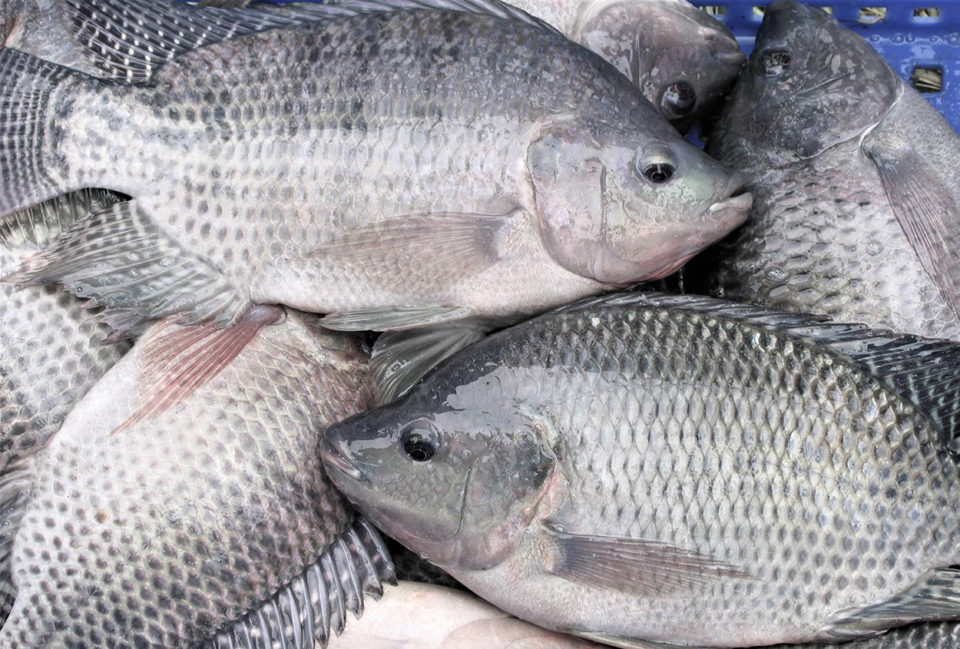
Geosmin and 2-methylisoborneol (2-MIB) are secondary metabolites produced by a wide range of microbiota common to land-based aquaculture systems. Upon their release to the water these chemicals are quickly bioconcentrated by fish due to their lipophilicity [ability of a chemical compound to dissolve in fats, oils, lipids and other solvents]. The presence of these chemicals in fish tissues causes an earthy or musty off-flavor, which is considered a quality defect by human consumers.
Bioconcentration of geosmin and 2-MIB is dynamic and reversible, and the chemicals can freely diffuse in and out of the fish via the gills. Fish farmers utilize this mechanism to depurate off-flavors from their fish crops by placing them in water free of geosmin and 2-MIB just before harvest. Fish are depurated until excretion has resulted in a reduction of the geosmin and 2-MIB concentrations in the fish to levels below their sensory detection limits. This process, however, is not always sufficiently effective to prevent market entrance of off-flavored fish. The general objective of this study is therefore to improve our understanding of the off-flavor depuration process.
During off-flavor depuration fish are generally not fed to allow fish to empty their intestinal tracts prior to slaughter and to reduce the water flow over the depuration system required to maintain good water quality. Normally, off-flavor issues relate to the geosmin and 2-MIB levels in fish fillets, but off-flavor may also occur in sturgeon caviar produced in farms. Off-flavors in high-end seafood products such as caviar are obviously not accepted by consumers.
Sturgeons with developed ovaries are too large and valuable for use in an experimental setting, we used female tilapia – which develop ovaries at small body sizes of 100 to 200 grams – as a model species in our study to assess the elimination rates of geosmin from fillet tissue and ovaries of fed and starved tilapia. To the best of our knowledge, there are no scientific records on the effect of starvation or feeding on geosmin elimination from fish.
This article – adapted and summarized from the original publication [Schram, E. et al. 2021. Effect of feeding during off-flavor depuration on geosmin excretion by Nile tilapia (Oreochromis niloticus). Aquaculture Volume 531, 30 January 2021, 735883] – reports on a study to establish the effects of feeding versus starvation on geosmin excretion by fish, and to establish the difference in geosmin elimination rate from fish fillets and ovaries.
https://www.aquaculturealliance.org/advocate/efforts-to-address-off-flavors-in-ras-fish-are-off-the-charts/
Study setup
Nile tilapia used in this study were progenies of the broodstock kept at Wageningen University and Research, the Netherlands. Nile tilapia fry were transferred to the research facilities of the Wageningen Marine Research Institute at a mean weight of 5 grams. Fish were raised to ~ 180 grams in a recirculating aquaculture system (RAS) prior to their use in the current experiment over a period of 120 days. To create off-flavored Nile tilapia, we raised the fish in a RAS system that we knew was contaminated with microbial geosmin. The fish consequently accumulated geosmin during the time spent in this RAS, rendering them off-flavored at the start of the experiment.
The experiment was set up as a 2×4 factorial design with two feeding levels (F) and four depuration times (T) as factors. The feeding level treatments (F) were starvation (no feeding) and feeding. Depuration times (T) were 24, 48, 72 and 96 hours. The treatments were randomly assigned to 16 experimental units (tanks), with two tanks for each of the eight different combinations of F×T to obtain replication.
At the start of the experiment (T = 0) the fish (n = 120) were randomly split into 20 groups of five fish and weighed per group. Overall mean ± SD body weight was 184.8 ± 15.0 grams. Four randomly assigned groups served to determine the initial geosmin content of fish. Each of the 16 other groups was randomly assigned to one of the sixteen 180-liter polyester tanks. These tanks were randomly assigned to one of the eight treatments.
Fish were fed at a rate of 1.1 percent body weight per day with a commercial feed (Skretting ME-2 Meerval Start), given daily in two equally sized portions. To confirm feed intake the presence or absence of uneaten feed pellets was recorded 30 minutes after each bidaily feeding event. Out of the total of 40 feeding events, leftover feed was observed in 33 cases, indicating that fish were slightly overfed.
During the experiment fish samples were collected at 0, 24, 48, 72 and 96 hours, with two tanks and five fish per tank for each treatment. Individual fish weight was measured at stocking, and blood and fillet samples and ovaries were collected for analyses.
For detailed information on the experimental design; fish husbandry and sampling; geosmin and lipid analyses; and statistical analyses, refer to the original publication.
Results and discussion
Feeding Nile tilapia during off-flavor depuration resulted in a significant higher elimination rate of geosmin from the ovary. Our results suggest the same effect for the muscle tissue (fillets), but for fillets the feeding treatment gave only a numerical difference. We attribute this to the relatively higher analytical variation in the data caused by the low (initial) geosmin levels in fillets rather than absence of an enhancing effect of feeding during off-flavor depuration on geosmin elimination from the fillets.
Geosmin excretion by fish predominantly takes place via exchange between blood and water in the gills. For depuration of off-flavors, this implies the need of geosmin transport from peripheral tissues to the gills via the circulatory system. We hypothesized that geosmin would be eliminated faster from fed fish than starved fish due to higher blood lipid content and gill ventilation in the fed fish. The higher level of blood lipids, assumed to be mainly present as lipoproteins, could increase the transport capacity of the circulatory system while the higher gill ventilation promotes excretion from blood to water over the gills.
As the amount of lipid in the fishes’ blood depends, among other factors, on the nutritional status of fish, we could successfully create differences in blood lipid content between the treatments by feeding and not feeding the groups of experimental fish. In the starved groups the blood lipid content remained unchanged during the experiment at levels ranging from 1.25 to 1.40 percent (weight per weight, w/w).
Our observation that fed fish with higher blood lipid levels eliminate geosmin faster from their ovaries and possibly their fillets suggests that geosmin excretion in starved fish is limited by low blood lipid levels. It should be noted, however, that our data do not provide direct evidence for binding of geosmin to blood lipids nor causality between blood lipid levels and geosmin transport and excretion.
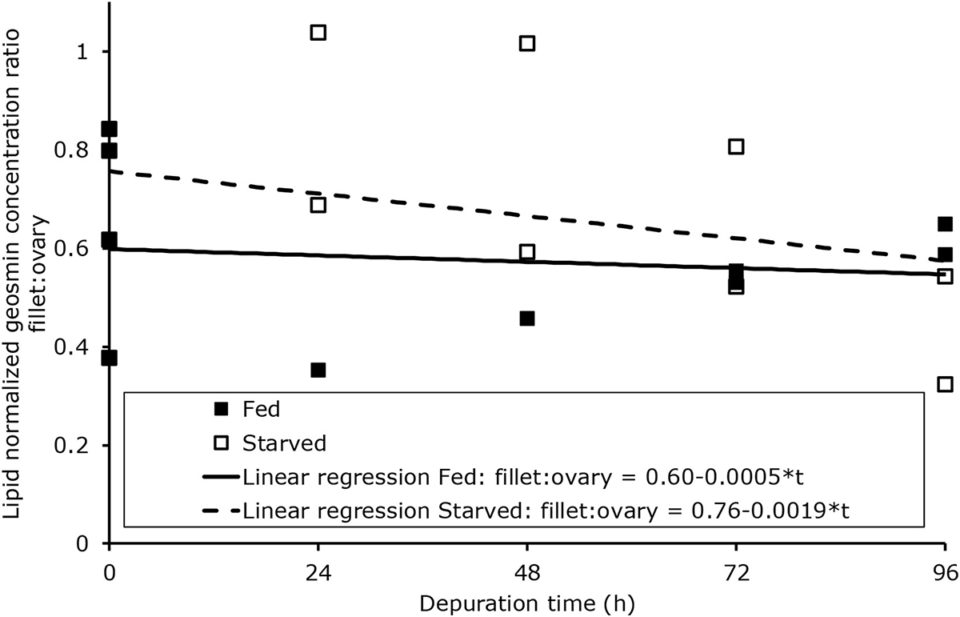
The current observation of a faster elimination of geosmin in fed fish has several implications for industrial depuration practices. Fish farmers use the reversibility of geosmin bioconcentration to depurate off flavors from their fish crops by placing them in water free of geosmin just before harvest. The time required for successful depuration is then largely determined by the initial levels of off-flavor compounds and their elimination rates. Higher initial geosmin levels lead to longer depuration times to reach tissues concentrations below sensory detection limits, more so when elimination rates are lower. In general, fish are not fed during depuration. Only in case of long-term depuration of large fish such as sturgeons, fish are occasionally fed.
Because one of the practical reasons for not feeding fish during depuration is to allow the fish to empty their intestinal tract before slaughter, it is probably not possible to feed fish up to the last day of the depuration period. And changing conditions and fish handling at the start of the depuration period may cause an initial decline in feed acceptance. Thus, it seems clear that feed intake during the depuration period will be lower than during the preceding production phase. To what extent this limits the room for enhancing geosmin excretion by feeding the fish remains unclear until the effect of feeding level on geosmin excretion has been clarified.
Another practical reason for not feeding fish during off-flavor depuration is that it would place additional demands on the depuration system to handle the higher waste production of the fish. In case fish are fed, the water in the depuration system has to be renewed more frequently or recycled after internal purification to maintain proper water quality. The first action increases water demand, which conflicts with farming fish in recirculating aquaculture systems (RAS) with the objective to reduce water demand. The second action (water recycling) requires biological filters. Since these are potential sources of off-flavor chemicals, this may lead to geosmin and 2-MIB exposure in the depuration system and a longer off-flavor depuration time. Clearly, the practical implications of feeding fish during off-flavor depuration remain to be clarified.
More remarkable are the differences between the fillet and the ovary. Irrespective of the feeding treatment, the fish needed more time to eliminate geosmin from their ovaries compared to the fillets. Since the geosmin elimination rates did not significantly differ between fillets and ovaries, this difference in required depuration time can be largely attributed to the higher initial geosmin levels in the ovaries. Nile tilapia clearly bioconcentrates more geosmin in its ovaries than in its fillets under a given geosmin exposure. The higher lipid content largely but not entirely explains the higher geosmin level in the ovary. In line with our previous findings, it seems that geosmin distribution within the fish is not exclusively governed by the lipid content of tissues.
The finding that fish bio-concentrate geosmin to higher levels in their ovaries and consequently need more time for depuration compared to muscle tissues is relevant for off-flavor depuration in the aquaculture production of sturgeons for caviar and meat. Given the contrast in lipid content of sturgeon ovaries (~28 to 37 percent) and meat (~6 to 10 percent), it is likely that sturgeons will accumulate more geosmin in their ovaries than in their muscle tissue. In that case the time required for successful off-flavor depuration is probably determined by the ovary and not the fillet. This is confirmed by practical observations at commercial sturgeon farms. It also means that using the sensory quality of fillets as indicator for the sensory quality of the ovary may result in the harvest of still off-flavored caviar. It should be noted that the use of female tilapia as a model for sturgeon was a pragmatic choice, i.e., readily available small fish with developed ovaries, and not based on similarities in physiology.
Perspectives
Based on our results to evaluate the effect of feeding during off-flavor depuration on the elimination of geosmin from muscle tissue (fillet) and ovaries using Nile tilapia as a model for caviar, we conclude that Nile tilapia that are fed during off-flavor depuration eliminate geosmin faster from their ovaries when compared to starved fish.
We attribute this mainly to increased gill ventilation induced by an increased oxygen demand. At the same time, we do not rule out that low blood lipid levels in starved fish limit geosmin elimination. Off-flavor depuration time is strongly reduced when farmers adopt a practice of feeding fish during off-flavor depuration.
Now that you've reached the end of the article ...
… please consider supporting GSA’s mission to advance responsible seafood practices through education, advocacy and third-party assurances. The Advocate aims to document the evolution of responsible seafood practices and share the expansive knowledge of our vast network of contributors.
By becoming a Global Seafood Alliance member, you’re ensuring that all of the pre-competitive work we do through member benefits, resources and events can continue. Individual membership costs just $50 a year.
Not a GSA member? Join us.
Authors
-
Edward Schram, Ph.D.
Corresponding author
Wageningen Marine Research
Wageningen University & Research
P.O. Box 67, 1970 AB IJmuiden, the Netherlands[108,110,46,114,117,119,64,109,97,114,104,99,115,46,100,114,97,119,100,101]
-
Christiaan Kwadijk, Ph.D.
Wageningen Marine Research
Wageningen University & Research
P.O. Box 67, 1970 AB IJmuiden, the Netherland -
Angelo Hofman
Wageningen Marine Research
Wageningen University & Research
P.O. Box 67, 1970 AB IJmuiden, the Netherlands -
Ainhoa Blanco, M.Sc.
Wageningen Marine Research
Wageningen University & Research
P.O. Box 67, 1970 AB IJmuiden, the Netherlands -
Albertinka Murk, Ph.D.
Marine Animal Ecology Group
Wageningen University & Research
P.O. Box 338, 6700 AH Wageningen, the Netherlands -
Johan Verreth, Ph.D.
Aquaculture and Fisheries Group
Wageningen University & Research
P.O. Box 338, 6700 AH Wageningen, the Netherlands
-
Johan Schrama, Ph.D.
Aquaculture and Fisheries Group
Wageningen University & Research
P.O. Box 338, 6700 AH Wageningen, the Netherlands
Tagged With
Related Posts
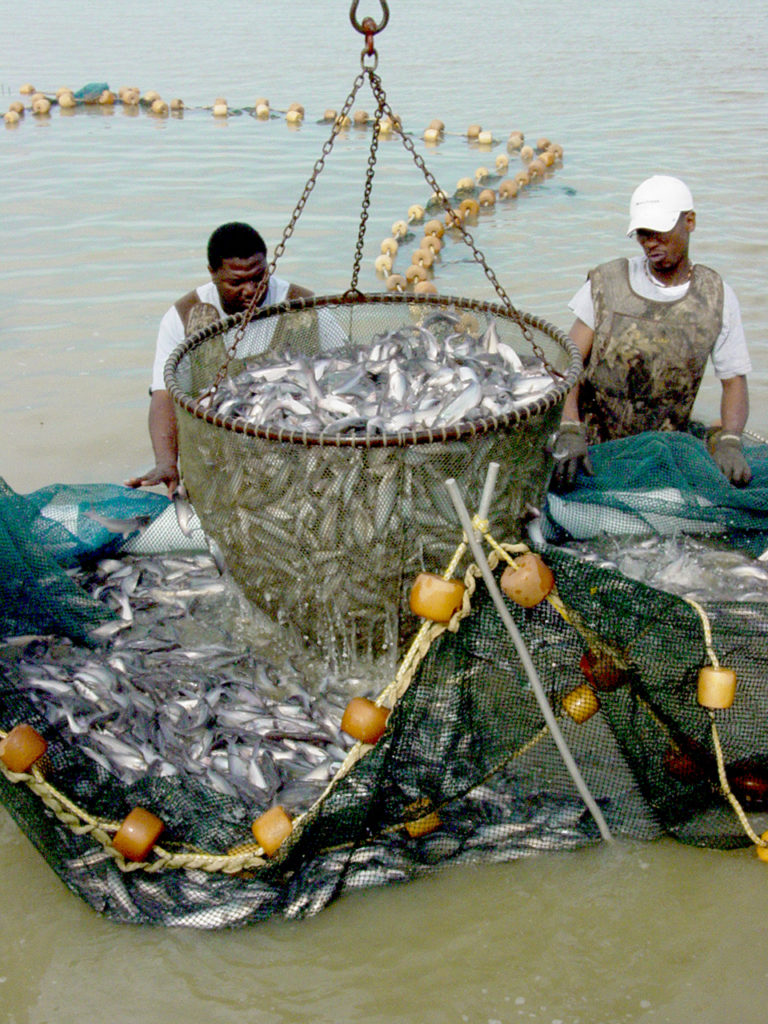
Intelligence
Common off-flavors in channel catfish following partial pond harvest
The authors conducted a study to determine whether channel catfish systematically develop off-flavors after partial harvest as well as the possible origins of the flavors.
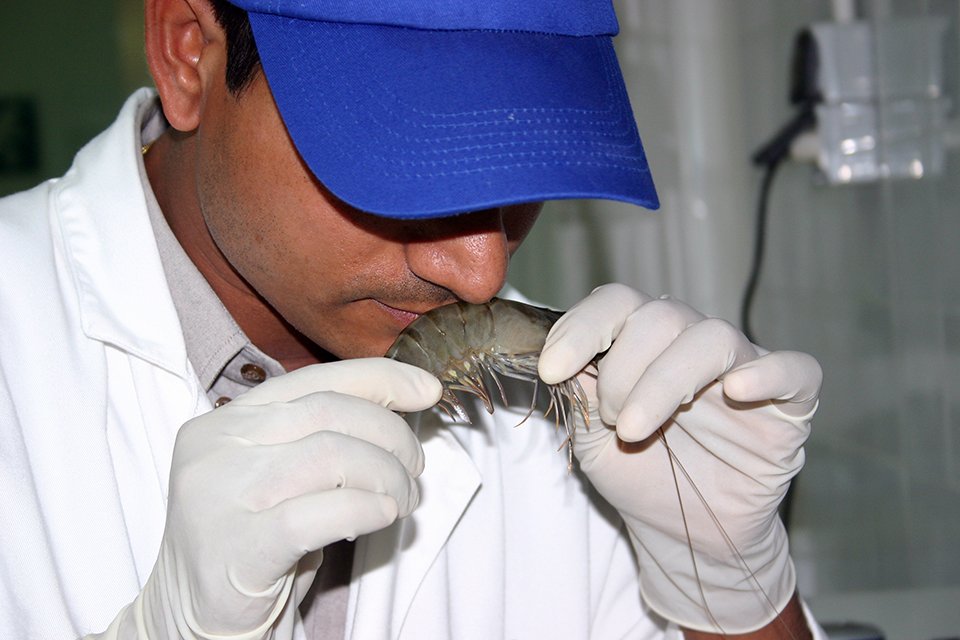
Intelligence
Off-flavors in aquaculture products, part 1
Off-flavors in pond and recirculating aquaculture systems have occurred through the biological production of geosmin and 2-methylisoborneol. The compounds are rapidly absorbed through the gills of fish, but depuration can require days or weeks.
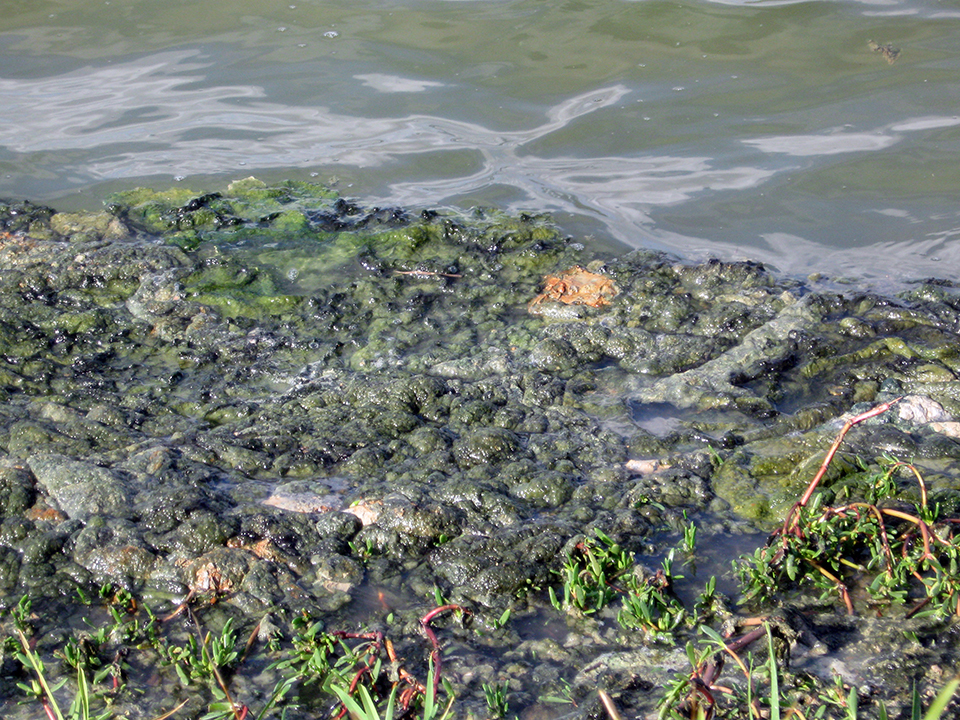
Health & Welfare
Blue-green algae pose toxic risks in shrimp, fish culture
The toxins from blue-green algae pose a threat to animal health and potentially to consumers if they are present in farmed product. Culture animals that ingest these toxins may not die, but can be weakened, increasing their susceptibility to pathogens.
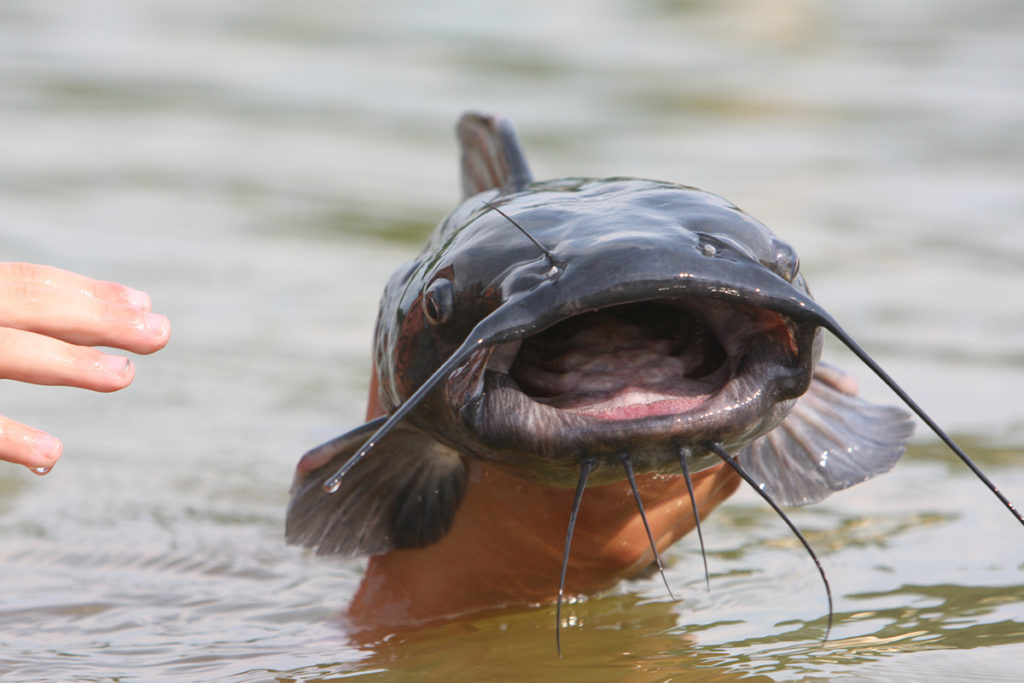
Innovation & Investment
U.S. catfish industry seeking ‘tangential expertise’ to tackle off-flavors
A HeroX challenge has fielded ideas for preventing or eliminating off-flavors in farmed catfish, with potential solutions coming from unexpected places.



